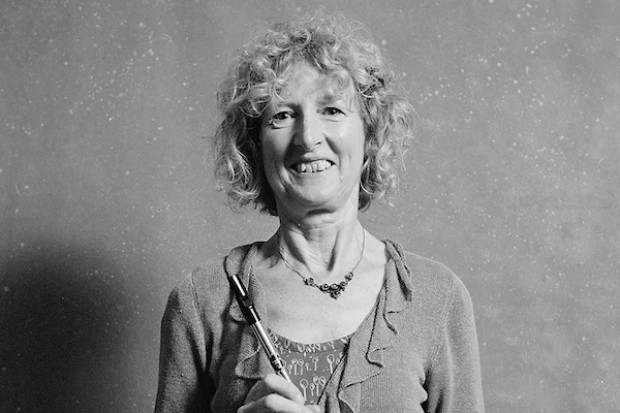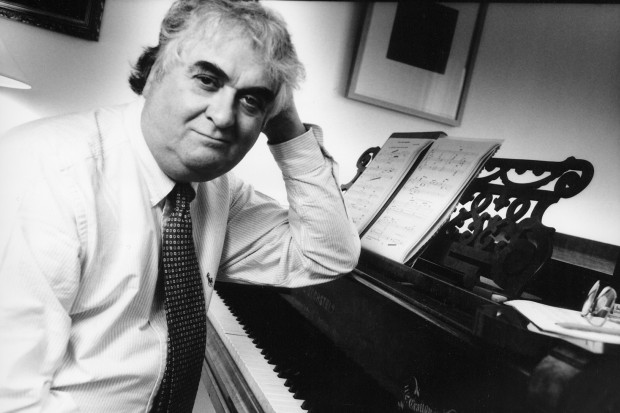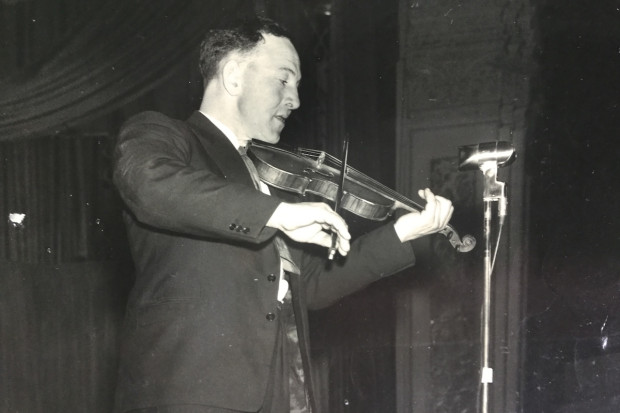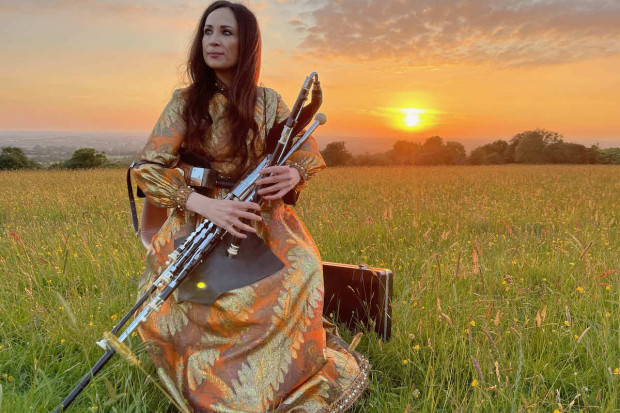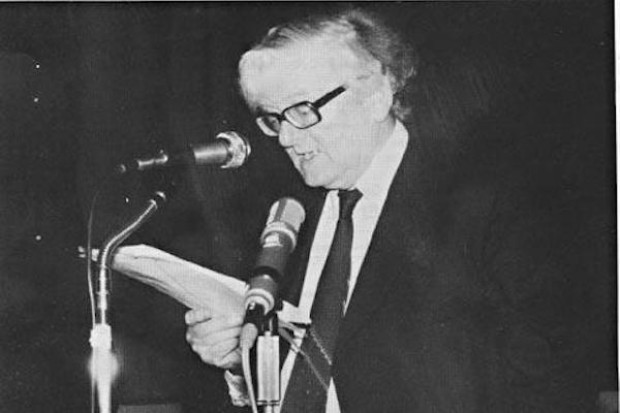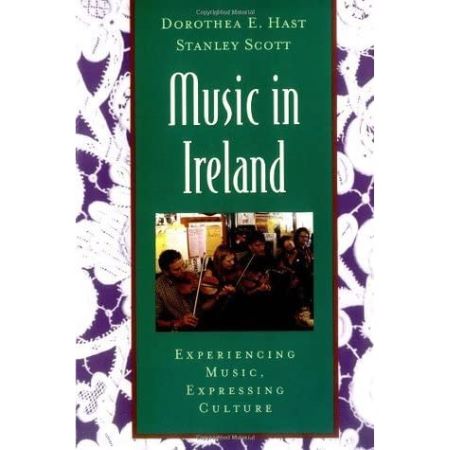
A Challenge to Academics and Pundits
Music in Ireland: Experiencing Music, Expressing Culture
Dorothea E. Hast and Stanley Scott / Part of the ‘Global Music Series’, Series Editors: Bonnie C. Wade and Patricia Shehan Campbell. Oxford University Press USA, CD includedstg£23.99 (hb) ISBN: 0 19 514554-2, stg£12.99 (pb), ISBN: 0 195 14555 0
This is a book long overdue in traditional-music educational publishing. It will be reviewed here with respect to its two dimensions – the actual content and structure, and, at greater length, the quite profound ideological issues that its production at this time in the world raise.
Music in Ireland is arguably what education providers have been waiting for – essentially an ethnomusicological study of traditional music in performance, which moves away from the strictly parochial and national, but yet presents music and song as involving both individuals and communities. A deceptively slim volume, like the tardus, once the reader enters they are continually surprised at the matrix-like relocation to new historic, geographic and social locations. It is not only an accessible document in size and style for both second- and third-level students, it is a refreshing read for anyone inside the music, and particularly for those who would like to get an all-in synopsis.
It is strong on song, weak on instrumental music, but very useful on historical and other contexts of the music. Like any book, in moments it displays its authors’ preferences and understandable limitations to vision, but this is well stabilised by the soundness of its core perceptiveness. There is a potted history of Ireland which goes some way towards explaining the underdog status of traditional music. There are interviews with teachers and musicians, background on instruments and music, and various ethnographic analyses of music and song events. Some of these items are weak, derived from standard reference material which does the job better, but ‘so what?’, for they are, likely, adequate to the book’s task at this level, and are vastly outweighed by the excellence of the material relating to song and the social process of it and the music.
The ethnographic study of the Góilín Singers’ Club in Dublin is tremendous, as is the documenting of a session at Coore, Co. Clare (which ironically will end after the closure of the pub, which was announced a fortnight after the book was launched). For these items alone – their historical significance, and the appreciation of the delicate process of maintenance of a singing tradition in the vastly changed entertainment conditions of the modern age that they represent – the book is a gem.
Interviews with such as Len Graham and Pádraigín Ní Uallacháin add human and other contextual geographical and political dimensions, as do those with players who have open views on directions for traditional music. Sets of fine song words bring the descriptions to life, and the included CD is a wonderful text-related resource for both song and music. The authors’ source bibliography, along with recommended reading and listening, give an additional snapshot of the immensity of the field, and the web references (all in the US) build the publication out to an ingenuous, complete, in-house tutorial of a kind we have not yet witnessed in Irish music. And still this is not a ‘heavy’ book. Rather, as with Cambrensis’ comments on Irish music performance, its minimalism conceals a great but subtle intensity.
Whitewash as metaphor
But does the book have any problems? Yes, there are disconcerting, glaring faux pas. One of them is the description of uilleann pipes as ‘the bagpipes’ (but maybe bagpipes are played in céilí bands?). Then there is the too-easy blaming of social change in Ireland on the Dance Halls Act (‘Passed in 1935 to prohibit informal house or crossroads dances without a license’). But dictionary definitions can always be nit-picked – and such explanations are clarified, if the reader decides to go deeper, by further study. The glossary of technical terms manages to exclude the ‘treble’ (a device critical to fiddling) and also the lower-note decoration known as ‘pat’ or ‘tip’ (fundamental to all ornamentation, particularly on pipes). And is ‘melismatic’ not about play on vowel sounds rather than on syllables?
But then this is not an instruction manual. As for ‘authenticity’, a reading of Irish Music magazine files (c. July 2000) might have weakened the illusion of the totally-locally-nurtured repertoire of Junior Crehan (his daughter played him tunes out of O’Neill’s book which he learnt from her – this was in addition, of course, to his own orally-achieved repertoire – and indeed there is a remarkable similarity between Junior’s ‘Mist Covered Mountain’ and touring Scottish céilí bandsman Jimmy Shand’s famous tune, which even has almost the same name in ‘Mist Covered Mountains of Home’).
Was Riverdance broadcast initially to just ‘three million television viewers in Europe?’ And if it did give female dancers ‘more freedom with their arm movements’ this is not indicated by the accompanying picture in which all arms are straight by the sides. To the best of this writer’s knowledge it is a long day since the people of main street, Miltown Malbay, used ‘whitewash’ on their shop fronts in preparation for the Willie Clancy summer school (emulsion paint predates the school by ten years; whitewash is used largely as metaphor). But such things not being known is perfectly understandable. For they represent only weaknesses in an outsider view rather than life-threatening misinformation. The only exception is the use of language, for here the awful ‘craic’ word appears, even though since it is a borrowing by Irish from the English ‘crack’ should not be used in its Irish spelling when writing in English (but thankfully its sister-terror ‘seisiúin’ does not appear out of its linguistic context).
It is a pity that Hammy Hamilton’s rather specialised information on bodhrán and whistle (carefully researched images which appear in his 1990 The Irish Flute Player’s Handbook) isn’t credited – for this is by no means common knowledge yet. But local informants could hardly tell the authors everything – or they’d be writing the book themselves. The key question is ‘Would the Irish-insider view have been better?’ The answer is most likely ‘No!’, for it would have had its own omissions of obvious aspects which get taken for granted, but yet the presence of which would be critical to international understanding.
A challenge to academics and pundits
Part of Oxford UP’s ‘Global Music’ series, this book joins works by such as Tim Rice on Music in Bulgaria and Patricia Shehan Campbell on Teaching Music Globally. They are among seventeen authors who provide concise information on music in various parts of the world, even if they do labour under a misnomer in most of the titles. For instance, actual ‘music in Ireland’ is much, much more than traditional music; ‘Irish music’ would have been a more accurate title, by origins alone. The biggest challenge to Irish music academics and pundits, however, is the very concept of this book, for hitherto we are used to writers on Irish music being predominantly Irish, or at least Irish-American, if not also musicians. Should the fact that the former is not the case here be disturbing?
Maybe not, for development of the performative dimension in Irish music (arguably the making of it) took place in the US, and so much Irish music is played in that very country anyway, much of it by non-Irish musicians. The awkward question however is: if a major educational publisher wanted a definitive book on, say, American Country music – would they ask an Irish connoisseur or an American one? For Japanese music would they get someone Irish? For Arabic music would they use an Israeli? Pushing it further, do George Bush and the Pentagon actually know better what Iraqis want and need than Iraqis themselves? Or was British education policy in Ireland in fact correct to decide that it was better for us to learn English than Irish in the early nineteenth century? The implication of an educational work on Irish music which is written in America being distributed in Ireland is that America is our Imperial power, and we are its colonial offshoot. This book introduces such angsts for the first time into Irish music. But is its content valid?
The fact of the existence of some forty million Irish-Americans, or even half a million first-generation Irish living in the US is of no consequence in this. But the fact of Irish studies as an educational discipline is. Yeats, Synge, Joyce, Beckett and all the literary stars are already studied, taught, researched and written about in the US by Americans of many different ethnic origins. Why, if Irish music is played there by non-culturally-Irish, shouldn’t it also be so observed and analysed? Of course it should. For the fact is that Irish traditional music is now a free-floating international music genre (with, arguably, more of it played outside Ireland than within) and is an educational, career and artistic option for people who do not necessarily have to ever visit Ireland if they don’t wish to. Traditional music is so well recorded, toured and documented, and so far divorced from its formative process anyway in Ireland itself now, that it hardly matters whether players visit here or not. Further, with the imminent closure of two of Miltown Malbay’s key music emporia (all in July of this year), and with publicans elsewhere under pressure to maximise profits while criminalising smokers, anything could happen on the home ground (spontaneous sessioning is, effectively, a criminal activity in England at present). And isn’t Irish music ‘in exile’ (or, more accurately, ‘established abroad’) not a logical thing? Every bit as rational as having imperial outposts abroad in the form of CCÉ branches, GAA clubs and ‘county’ associations.
The only lingering worry might be that, as many Irish appear to find, if the US political connoisseurs can get it so wrong in terms of international human decency (or be so arrogant) then what guarantee is there that this will not be the case with the artistic ones? They come out of the same education system after all. And as for the argument about Irish studies being internationalised today as a subject in education, is it not all our own top thinkers who are out there in the US promulgating it? Joe Lee in New York University, Seamus Heaney in Harvard, Eaván Boland in Stamford, California, Luke Gibbons in Notre Dame, Indiana, with others in perpetual peregrination over the Atlantic? Even so, the Global Music series is produced by an American publisher, largely for sale in the US to service a sizeable current interest which exists there in the musics of various other countries. So it is perfectly reasonable for them to seek American connoisseurs’ views of various musics of the world. None of the writers of this series is being questioned here: their works are appreciated as genuinely motivated, and they appear impeccable. It is a perfectly logical thing to do for a multicultural country with population origins in every part of the globe. Their attitudes in music should be every bit as solid or tolerable as the way in which the US provides pre-digested overviews of the world’s countries’ newses, and, despite dubious internal and international politics, has large intellectually active ‘alternative’ scenes and produces substantial sociological and anthropological analysis and artistic works.
Music in Ireland is viewed here as one such connoisseurial overview. Both its authors are players. One of them, Dorothea Hast, is well placed in academic involvement with performing arts, and the other, Stan Scott, is established in international musics, having already published on Indian music as well. Further credential lies in the fact that he can say that he was head-hunted by Oxford University Press USA for this publication (over, presumably, a figure such as Mick Moloney; that is indeed profound recognition). Still, one does wonder why it did not occur to Oxford to cast an eye in Ireland? Perhaps indeed even on Tom Munnelly who is oft quoted in the text anyway, and who by all evidence therein helped set up the field which is described? Particularly too because as a recognised and respected, intense, insider-outsider observer of the minutiae of traditional music and song performance at the level of community he was the chosen selector for the Irish music delegation which took part in the US bicentennial cultural celebrations in 1976.
Irish educational policy
These are hard and unpopular things to say, and will generate accusation of ‘xenophobe!’ But this writer has the highest of respect for America’s non-Irish Irish musicians, and will defend the professionalism that they did so much to generate and develop in the genre. The issue raised by this publication concerns Ireland itself – it draws attention to Irish educational policy in relation to traditional music. For now that we have a book with a new view, we find that it is written by Americans and published in America. What does that say to students? Would this happen for history? With visual art? In literature, poetry and drama? No. Even though such a book is truly needed to develop students’ conceptual and imaginative perspectives in the Leaving Certificate music and third-level programmes (other aspects of Irish music in these have plenty of material), it probably was never going to be done by an Irish publisher anyway. Why not? ‘The teachers will buy one and then photocopy it over and over because the schools will spend nothing on music,’ says one large Irish schoolbook publisher.
The Lilliput Press have been courageous with Terry Moylan’s excellent works on 1798 song and the music of Johnny O’Leary, so too Blackstaff with Ciarán Carson’s pocket guide and Gary Hastings’ study of the fife and Lambeg, and Cork University Press with the edited contributions of 109 performers and writers to The Companion to Irish Traditional Music. But we don’t particularly need books to be published in Ireland as long as the view represented is OK. The writer is more important – as with Francis O’Neill’s pioneering US-published works, and Dónal O’Sullivan’s tremendous Carolan and Tomás Ó Cannain’s Traditional Music in Ireland published in Britain, and John Moulden et al’s Songs of the People, also published in the USA. Since all of these, with the exception of the latter, are all now commendably still in re-print by Ossian of Cork, as is Breathnach’s seminal Folk Music and Dances of Ireland – all of them definitive texts – clearly the place of publication is not important.
The conclusion is that there is considerable lack of foresight (or is it just resources?) among the many people in Ireland who might have done such a publication as Music in Ireland. Some twenty people, at least, should be questioning their own failing, for it is clear that even though traditional music is taught now at third-level, there are no on-shelf analytical texts in the music geared to that. Plenty of theses, but no books. But perhaps it is inevitable, and necessary, that such outsider/insider views be done from abroad? And where better than from an English-speaking country which is home to so many Irish, where one could live as sub-cultural-Irish forever and never have to deal particularly with the greater America if one so wished?
The critical ideological points which have been made in this review are presented in the context of educational needs in traditional music. For this book may be a one-off. It may not get the wide distribution in Ireland that its approach deserves, and because it is present on the shelves in Ireland it may weaken the resolve of an Irish publisher to undertake any similar publication. It might also depress the initiative of several pending Irish music researchers and writers.
On the other hand one should not get paranoid, and indeed we could not have too many books – for since each one speaks to its own audience, all are necessary in the interests of thorough information transmission. And in fact the Oxford USA initiative might just be the timely slap of the tea towel that is needed to get moving several publications in Ireland which have been disabled for years into endless rewriting by poverty, excessive workloads, family commitments, back-watching ultra-perfectionism and lack of confidence.
Music in Ireland is thus firstly a challenge to the traditional music academia. It has its faults, but is no less beyond criticism than any daily newspaper, and its contestable points are but side issues to its valuable study of song and the constant documenting of the organisations and specialist communities of interest which maintain it and dance music in the modern world. This book is timely, it is welcome and above all very affordable. It deserves to be on every musician’s and music-teacher’s shelf.
Published on 1 September 2004
Fintan Vallely lectures in traditional music at Dundalk Institute of Technology. He is author of several biographical and ethnographic books on the music, and is editor of the A-Z reference work Companion to Irish Traditional Music.










